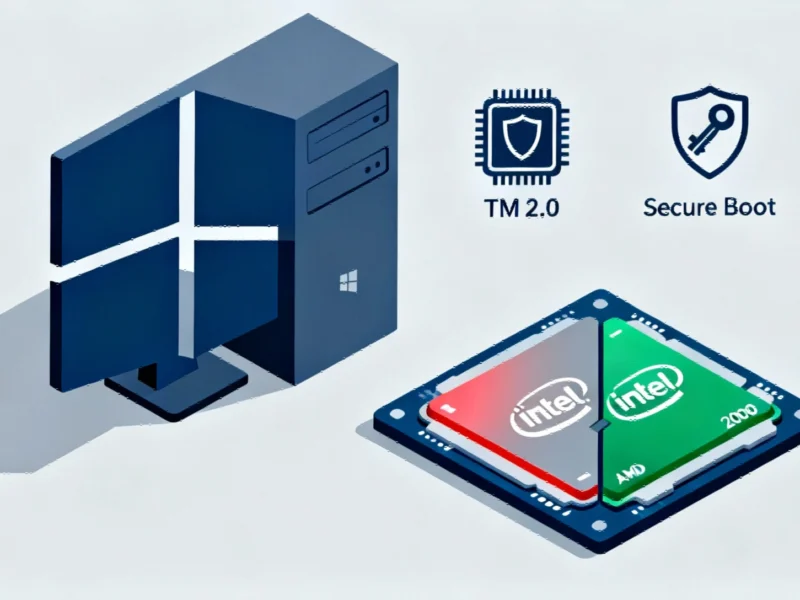The Dawn of Self-Building Websites
A seismic shift is underway in digital infrastructure as startups like Flint develop fully autonomous websites capable of generating their own pages and optimizing performance without human intervention. This represents a fundamental departure from traditional web development, moving toward what the company’s CEO Michelle Lim describes as “autonomous agents” rather than static assets. The implications for businesses, marketers, and search ecosystems could be profound.
Flint’s Vision: From Static to Dynamic Web Presence
Flint’s platform already serves companies including Cognition, Modal, and Graphite, creating comparison pages, ad landing pages, and AI-generated SEO content automatically. Users simply provide a content brief and existing website link, and Flint interprets the brand’s design system to publish coded pages directly to their domain. This approach to website automation challenges the very foundation of how we think about online presence.
“It’s time to kill the traditional website,” declared Lim. “We’re moving from a world of websites as static assets to one where they’re autonomous agents. Your website is either autonomous or obsolete.”
Investment and Industry Validation
The startup has secured $5 million in seed funding led by Accel, with participation from Sheryl Sandberg’s venture fund and Neo. This substantial financial backing signals strong investor confidence in the concept of autonomous web systems. As these autonomous website platforms emerge, they potentially represent the next evolutionary step in digital infrastructure.
Dan Levine, partner at Accel, emphasized the market need: “Marketers are gravely underserved by outdated tools. Flint finally gives them AI superpowers to compete.”
The Technical Promise and Performance Claims
Early performance data, while limited to company reporting, suggests strong SEO rankings and accelerated ad conversions. The platform’s ability to continuously optimize content and structure could revolutionize how businesses approach online visibility. This development comes amid broader industry developments in automation and artificial intelligence.
The technology points toward websites that can detect competitor activity, modify layouts based on visitor profiles, and communicate directly with AI agents—capabilities that would fundamentally alter digital marketing strategies.
Search Engine Implications and Industry Response
Perhaps the most significant question concerns how self-modifying websites will interact with search engines like Google. The traditional search algorithm relies on relatively stable content, but autonomous sites could create a constantly shifting web landscape. This evolution in market trends toward automation raises important questions about search integrity and content reliability.
Sheryl Sandberg of Sandberg Bernthal Venture Partners noted: “The web is being disrupted by AI, and companies need to adapt their websites quickly if they want them to remain effective marketing and acquisition channels.”
Potential Challenges and Considerations
While the technology promises efficiency gains, full autonomy introduces complex challenges around control, transparency, and compliance with optimization standards. Businesses must consider:
- Quality control over automatically generated content
- Brand consistency across self-modifying pages
- Regulatory compliance in highly regulated industries
- Search engine guidelines and potential penalties
These concerns are particularly relevant given related innovations in global digital taxation and regulatory frameworks that might struggle to keep pace with autonomous systems.
Broader Industry Impact
The emergence of autonomous website technology could reshape the entire web development ecosystem. Traditional website builders—both free and premium—may need to incorporate similar AI-driven capabilities to remain competitive. This shift represents part of a larger transformation in how recent technology is automating functions previously requiring human expertise.
As the digital landscape evolves, the very nature of web presence management may transition from manual design and optimization to strategic oversight of autonomous systems. This parallels other industry developments where AI is increasingly handling operational tasks.
The Future of Web Management
Flint’s approach represents more than just another website builder—it signals a potential paradigm shift in how we conceptualize and maintain web presence. As the company expands its applied AI and design engineering capabilities, the waitlist for its beta program continues to grow.
The fundamental question remains: Can the web maintain predictability and quality standards once websites begin updating themselves independently? The answer will determine whether autonomous websites become the next digital revolution or a cautionary tale about automation overreach.
This article aggregates information from publicly available sources. All trademarks and copyrights belong to their respective owners.
Note: Featured image is for illustrative purposes only and does not represent any specific product, service, or entity mentioned in this article.



